
The 10 Hottest Semiconductor Startups Of 2025 (So Far)

Cornelis CN5000 400Gbps Omni-Path Launched with UltraEthernet Roadmap

Cornelis CN5000 Launches: Rewiring AI and HPC Networking at Scale

Cornelis Networks releases tech to speed up AI datacenter connections

Intel Spin-Off: Our InfiniBand Alternative For AI Data Centers Has A ‘Devastatingly Good’ Edge

Intel spinout Cornelis Networks offers alternative to Infiniband or Ethernet for HPC and AI networks
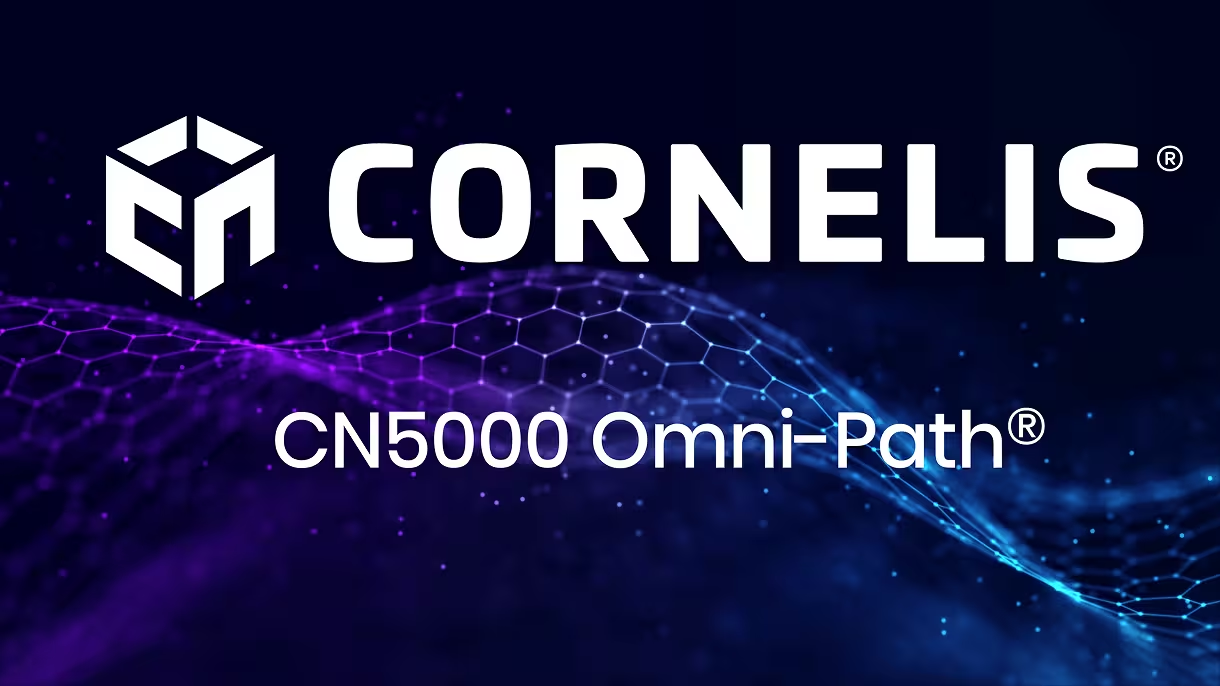
Cornelis Launches CN5000: Industry Leading AI and HPC Scale-out Network

400G Omnipath is Coming: Cornelis Networks at SC24

Intel Spin Off Cornelis Networks Has A Plan To Take On Infiniband, Ethernet

Lenovo and Cornelis Networks Build High-Performance Solutions for AI at Scale

The Ultra Ethernet Consortium's Momentum in 2024

OmniPath Taking on InfiniBand for AI Fabric Leadership

Optimizing AI Scale-Out: Cornelis Networks' Vision with Lisa Spelman

SURF Collaborates With Cornelis Networks To Advance High-Performance Computing Clusters' Interconnect

Weekly Wire Roundup: July 15-July 19, 2024

Cornelis Networks Appoints Lisa Spelman as CEO

Intel AI, data center executive set to take reins at Cornelis: report

What If Omni-Path Morphs Into The Best Ultra Ethernet?
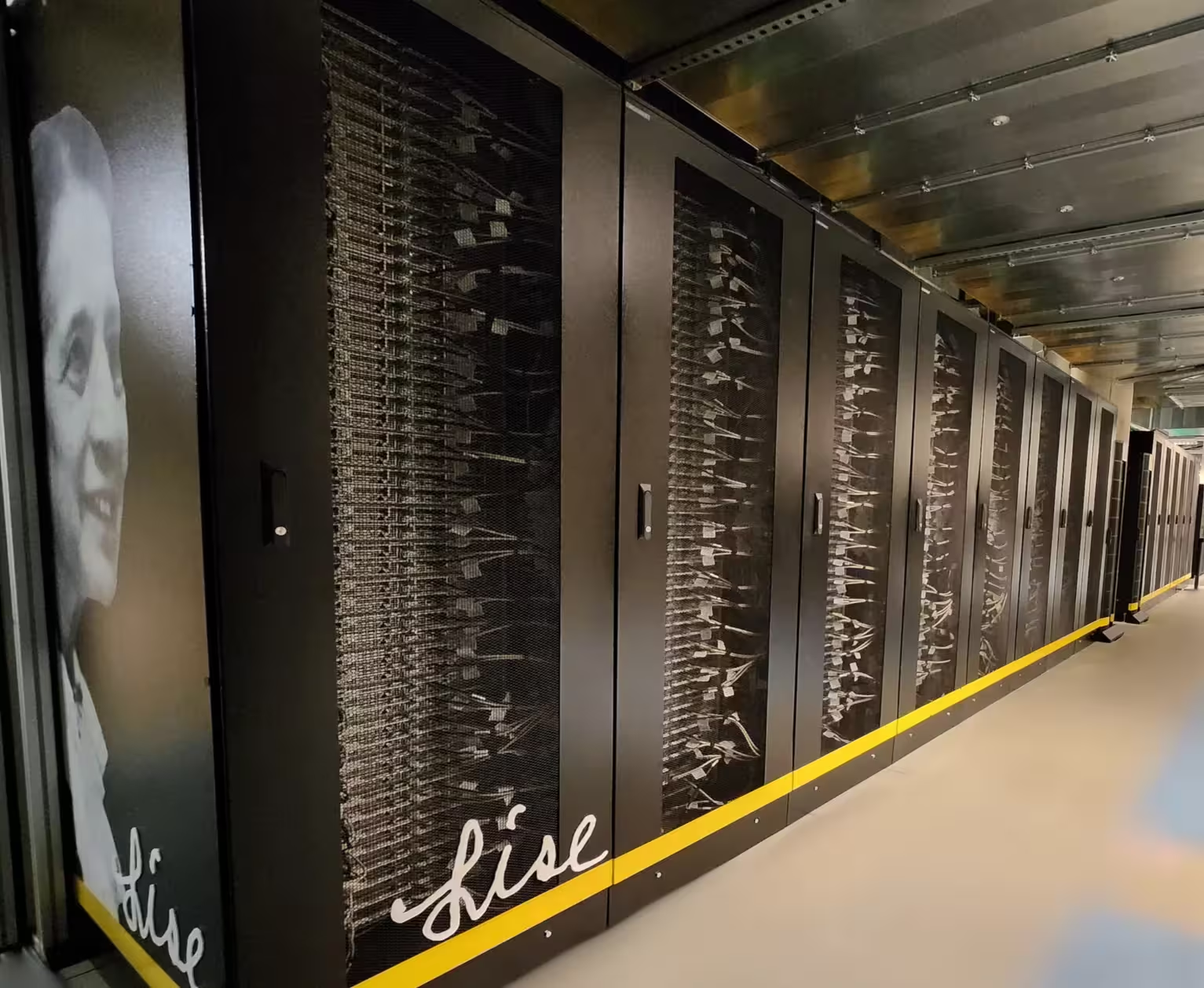
Cornelis Omni-Path Powers NHR@ZIB's Lise Supercomputer's #3 Ranking on IO500 List

Doug Fuller, VP of Software Engineering at Cornelis Networks – Interview Series

Livermore Lab and BridgeBio Announce Human Trials for HPC-Discovered Cancer Drug
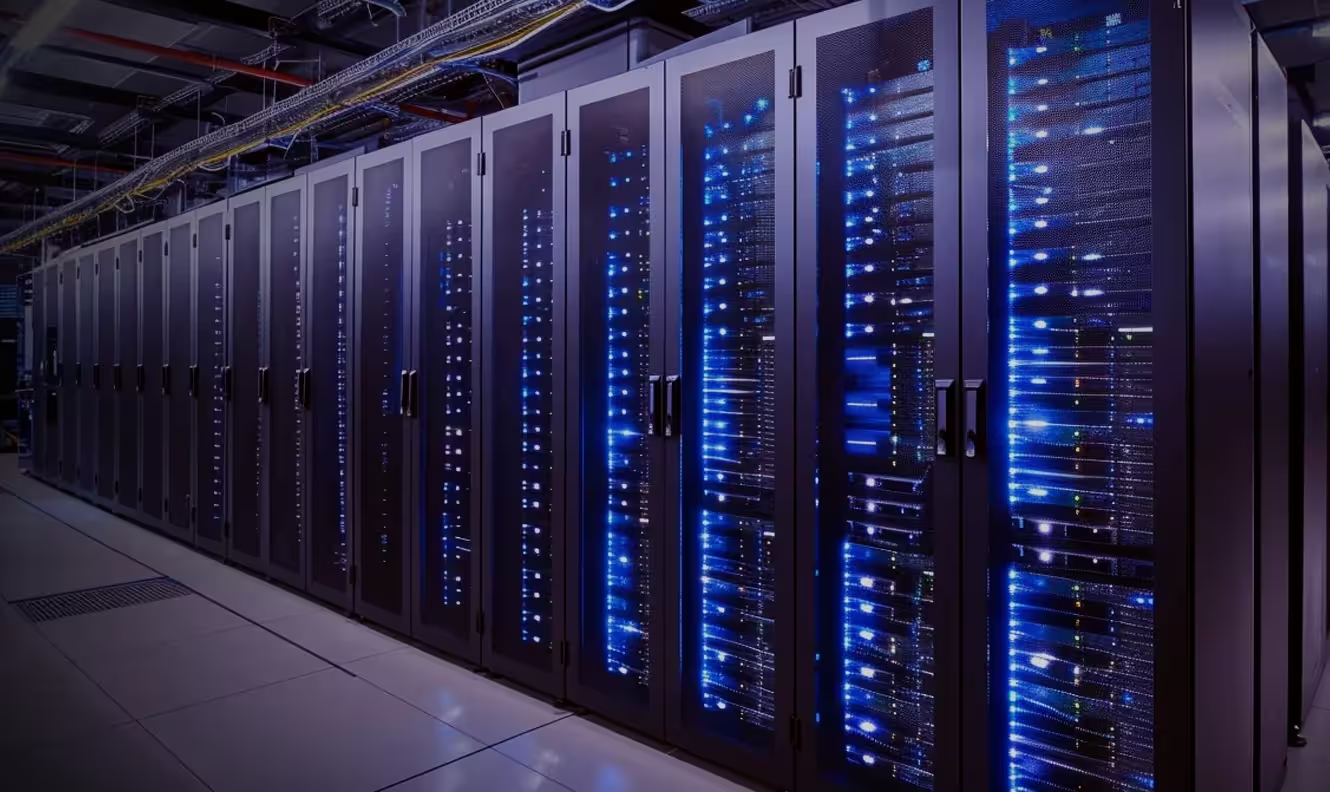
Cornelis Networks and Supermicro Deliver Rack Scale Solutions with Advanced Networking and Omni-Path Express
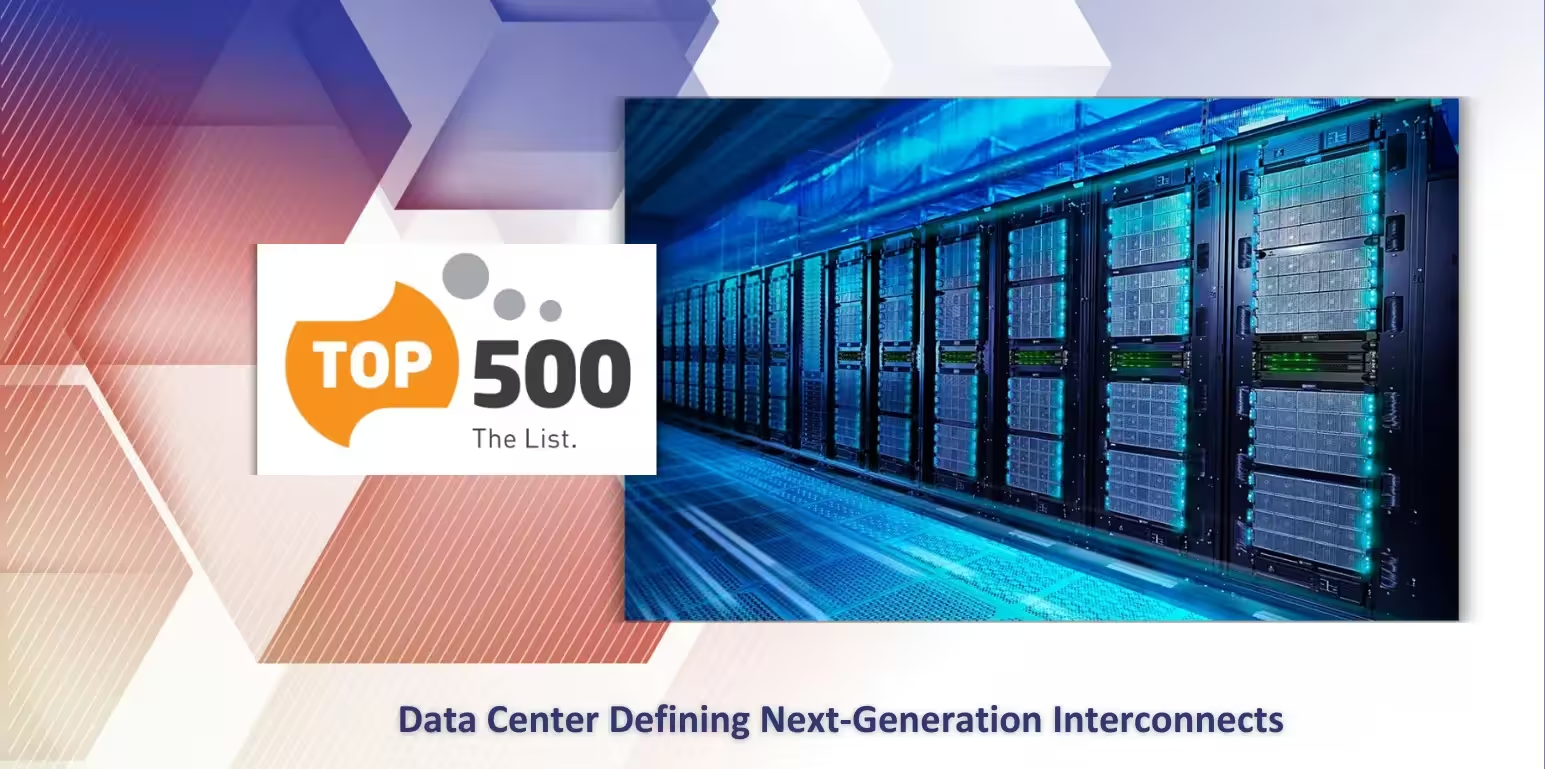
Cornelis Networks Powers Three New Supercomputers in June 2024 TOP500 List

Stampede3 supercomputer launches at Texas Advanced Computing Center

June 2024 Top500 Supercomputers

Stampede3 Supercomputer Enters Full Production, Modernizes to Meet Computational Needs

Austin Journal, Stampede3 supercomputer begins full production for open science research

Stampede3 Supercomputer Enters Full Production, Modernizes To Meet Computational Needs of Open Science Community

Cornelis Networks has filed a notice of an exempt offering of securities to raise $45,000,000.00 in New Equity Investment.

Cornelis Networks Omni-Path Delivers 53% Better Price-Performance than NVIDIA InfiniBand HDR when Running SeisSol on AMD EPYC Processors

2024 is the year of Ethernet, thanks in part to AI

2024 Winter Classic: We’re Back!
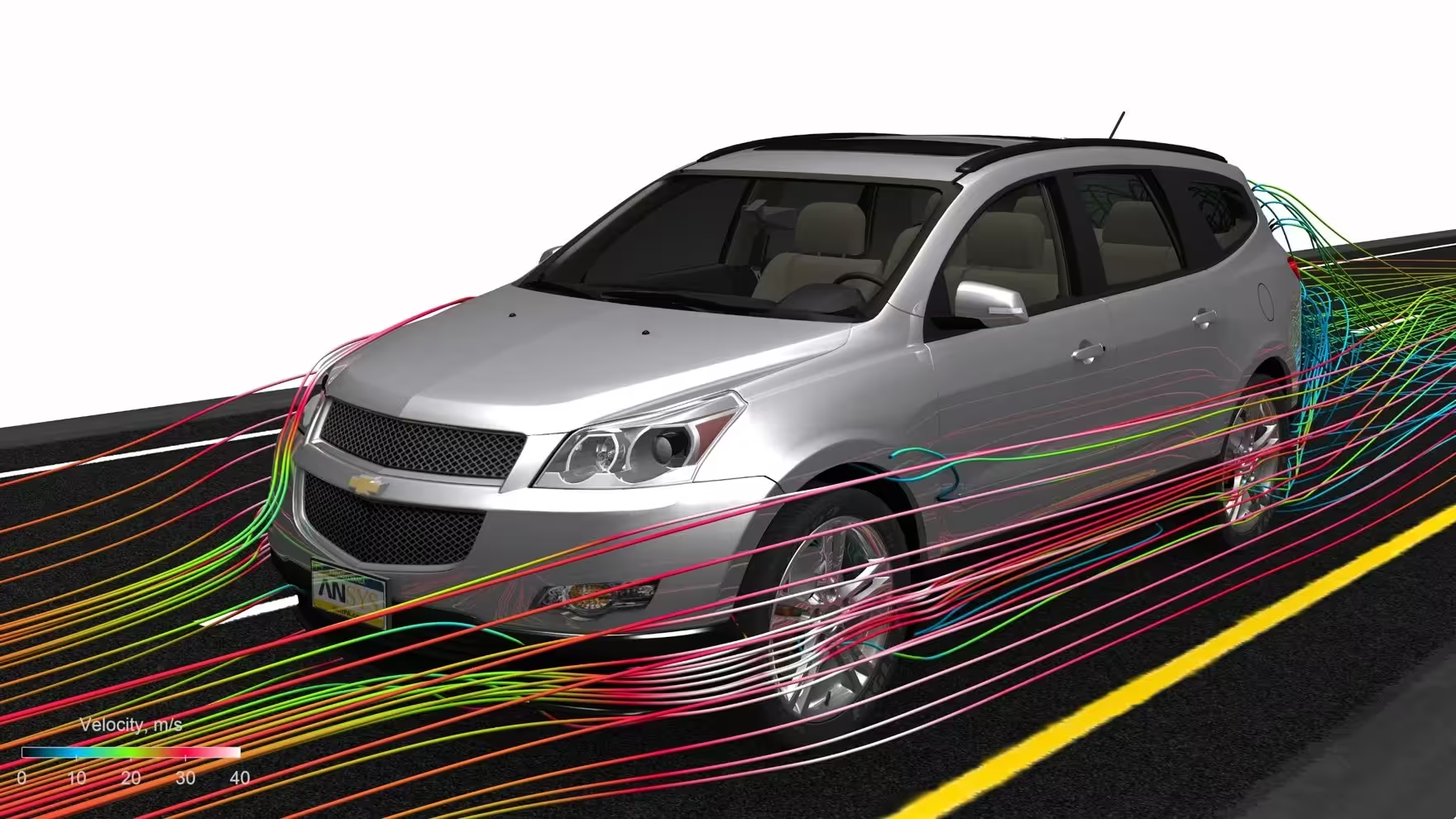
Achieve 1.55X Higher Ansys Fluent Price-Performance with Cornelis Omni-Path®

Cornelis Networks Omni-Path® High-Performance Networking for NVIDIA® Ampere GPUs

SeisSol Performance and Scalability with Cornelis Networks Omni-Path on 3rd Generation Intel Xeon Scalable Processors

Cornelis Networks Joins the Ultra Ethernet Consortium

HPCWire Editors' and Readers' awards: Best HPC interconnect or technology

LLNL and Sandia Set New Benchmarks in Supercomputing with NNSA’s Latest Clusters

Announcing CN5000: Omni-Path High Performance Interconnect Solution for AI and HPC
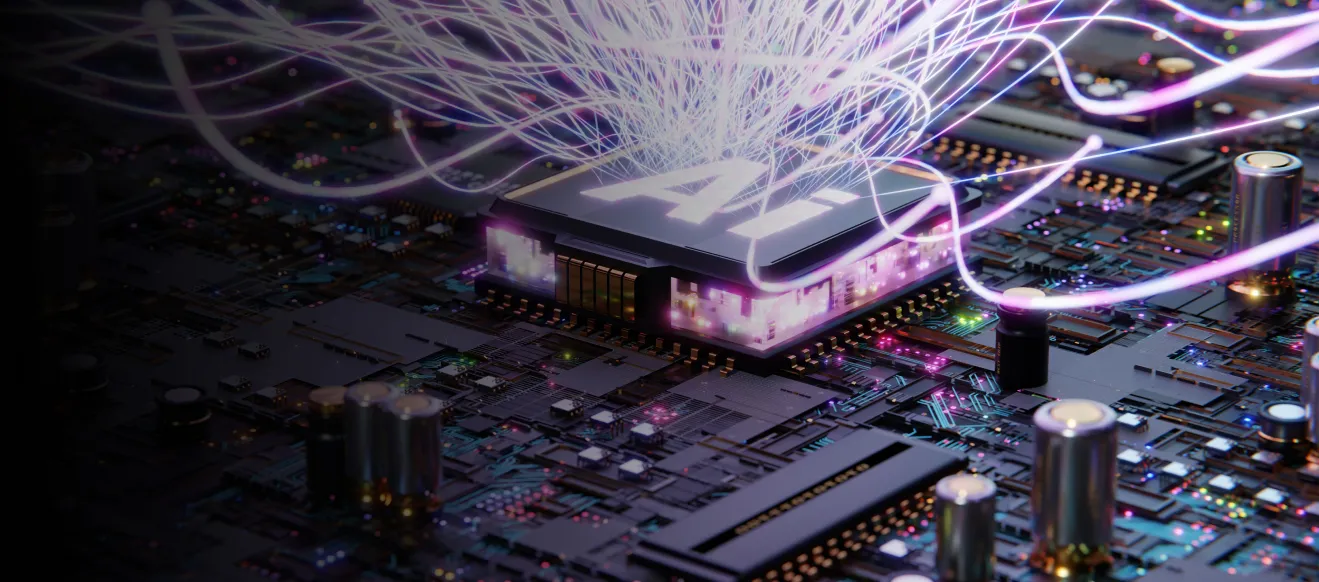
Navigating the Future: Performance-Intensive Computing in the Age of Cognitive AI

New Stampede3 Advances Supercomputing Ecosystem

As Demand Soars, Cornelis Networks and StorIT Announce Strategic Partnership to Bring HPC and AI Offerings to the Middle East and North Africa

OpenFOAM® Performance and Scalability with Cornelis Networks™ OPX on 3rd Generation Intel® Xeon® Processors

OpenFOAM® Performance and Scalability with Cornelis Networks® OPX on AMD EPYC™ 7003-Series Processors

Cornelis Networks Partners with Penguin Solutions and Panasas to Transform HPC, Saving Customers Time and Money

Scaling Higher with OpenRadioss™ and Cornelis Networks™ Omni-Path Express™

Panasas®, Penguin Solutions™, and Cornelis Networks™ Team Up to Transform HPC

Cornelis Networks Appoints David Joseph as Chief Financial Officer

Philip Murphy Discusses AI, Large Language Models, Optimization Problems, and the Connections to Quantum Computing

Delivering Leadership Performance with OpenRadioss™ and Cornelis™ Omni-Path Express™

Cornelis Networks to Speak at HPC Advisory Council

Dell Launches Omni-Path Validated Design for Government HPC & AI

Scaling Ansys® LS-DYNA® with Cornelis Omni-Path Express

Cornelis Networks Announces $29M Series B Funding Round

Cornelis Networks Collaborates with Georgia Tech to Develop Novel Architectures for IARPA

Cornelis Networks Co-Sponsors The 2022 OFA Virtual Workshop

Lawrence Livermore Kicks In Funds to Foster Omni-Path Networking

Cornelis Networks Wins $18M NNSA Award to Advance Omni-Path

NNSA and Cornelis Networks to collaborate on next-generation high-performance networking

Post-Exascale Fabric: NNSA Awards Cornelis Networks $18M for High Performance Network R&D

Cornelis Networks Participates in the 2022 OpenFabrics Alliance Workshop

Cornelis Networks Participates in the Hyperion HPC User Forum Spring 2022

Pedab is a distributor of Cornelis Networks in the Nordics, Baltics, and France

Cornelis Networks Selected to Provide Next-Generation Interconnect Technology Under DOE’s Tri-Lab CTS-2 Contract

HPCwire Reveals Winners of the 2021 Readers' and Editors’ Choice Awards During SC21

Cornelis Networks Introduces New Worldwide Partner Program To Enable End-To-End Fabric Support For Omni-Path Express Solutions

Advanced Clustering Technologies Partners with Cornelis Networks

RP tech India and Cornelis Networks Announce Strategic Partnership

Servers and Clusters with Cornelis Omni-Path Announced by Koi Computers

With New Owner and New Roadmap, an Independent Omni-Path Is Staging a Comeback

Breakthrough performance and price-performance with Cornelis™ Omni-Path Express™

Cornelis Networks Announces The Upcoming Release Of The Industry's Highest Performing HPC Interconnect: Omni-Path Express

CyberAmbassadors Workshop for Research Computing Facilitators Opens RMACC Symposium Program

Cornelis participates in Saudi Arabia High Performance Computing (SAHPC) Symposium

Venture Capital Firm Global Brain Invests in High-Performance Scale-out Interconnect Provider Cornelis Networks, Inc.

LLNL Unveils New High-Performance Supercomputer "Ruby"

LLNL Welcomes "Ruby" Supercomputer for National Nuclear Security Mission and COVID-19 Research

AMD-Supermicro-Cornelis (Omni-Path) ‘Mammoth’ Cluster at LLNL Targets COVID-19

Lawrence Livermore Announces Mammoth Cluster to Fight COVID-19

Mammoth computing cluster to aid COVID research

Mammoth “big memory” computing cluster to aid in COVID-19 research

UK VC leads spinout of Intel data centre technnology

Intel Omni-Path Business Spun Out as Cornelis Networks

Intel Spins Out Omni-Path Interconnect Business Into Stand-Alone Company
